Spruce top / maple back semi hollowbody
A customer contacted me about his custom semi-hollowbody. He commented that the frets were very sharp and cutting his hands when he tried to play it. This made the guitar totally unplayable and it sat in it's case for years.
I told him to bring it by and we can probably clean up the fret ends.
With the guitar on my bench, I could recognized immediately what the issue was. The ebony fingerboard had shrunk to the point it was forcing the frets out of the fret slots. I told him while technically I could dress the frets to make them more comfortable, the elevated frets had me concerned. With the fret ends rising out of the fingerboard, each one would elevate to it's own random height. Also the fret ends where like diving boards - depressing the string on them would cause a few to move and therefor steal sustain from the string.
A correct solution is to pull the frets and install new ones.
Lifted fret ends making for uncomfortable playing
So you may ask, "Why did the fingerboard shrink so much?"
The answer is that wood is a hygroscopic material. This is just a fancy term for anything that absorbs and releases moisture. When you build a guitar (or anything out of wood), you need to control the humidity in which that item is built. By controlling the build humidity, you set the environment in which that guitar will like to live in. Most builders like to keep their shops around 45% relative humidity. 45% is an average that will allow a guitar to remain stable in a wide variety of climates. The problem if you build in a high relative humidity environment, the guitar can suffer more damage when it is introduced to a low relative humidity environment. Wood contracts (shrinks) with loss of moisture and this can lead to cracks in extreme cases.
This ebony fingerboard did not crack, but shrank while the metal frets remained the same length and pushed up. Some areas of the fingerboard binding were separated from the board as well. My guess is that this ebony fingerboard was not thoroughly dried when it was glued to the neck. Another possibility is that the guitar was not properly humidified after leaving the shop and exposed to low humidity.
Loose binding and inlay voids
The original nut had some issues. The strings were cut too far into the nut and not sized properly to each gauge of string. A few of the slots were shimmed up and did not properly support the bottom of the strings. I could not file new slots as this would have brought the strings down too close to the frets, causing buzzing. The nut was also slightly too wide for the neck and hung out slightly. A new nut will correct this issues.
Original nut
Poorly cut nut slots – note the E & A string shims
Excessive nut width
Original nut removed. Note the shim on bottom.
So I removed the frets like I did on my previous post on the 1964 Jazzmaster. Before sanding the board, I reglued the loose sections of binding and filled in some voids around the inlays.
Loose binding reglued before sanding.
Once the board was sanded true and the compound radius maintained (7.25" @ the 1st fret to 20"), I hammered in the new frets. The frets were then leveled, crowned, beveled, dressed and polished.
“Leveling” the fingerboard in prep for new frets.
New frets in and ready to be dressed.
New frets.
A new nut cut, fit, polished and slotted.
New frets.
New frets and a nut brought this guitar back to life again. Wow, it sounds really, really good with it's Bill Lawrence pickups! The customer decided to go with La Bella Flatwound 12 - 52 strings. The new setup and flatwound strings make this a jazz beast really come to life.
Back in business, easy on the hands again.
I dare say it sounds so good it puts me into a jazz trance ...














